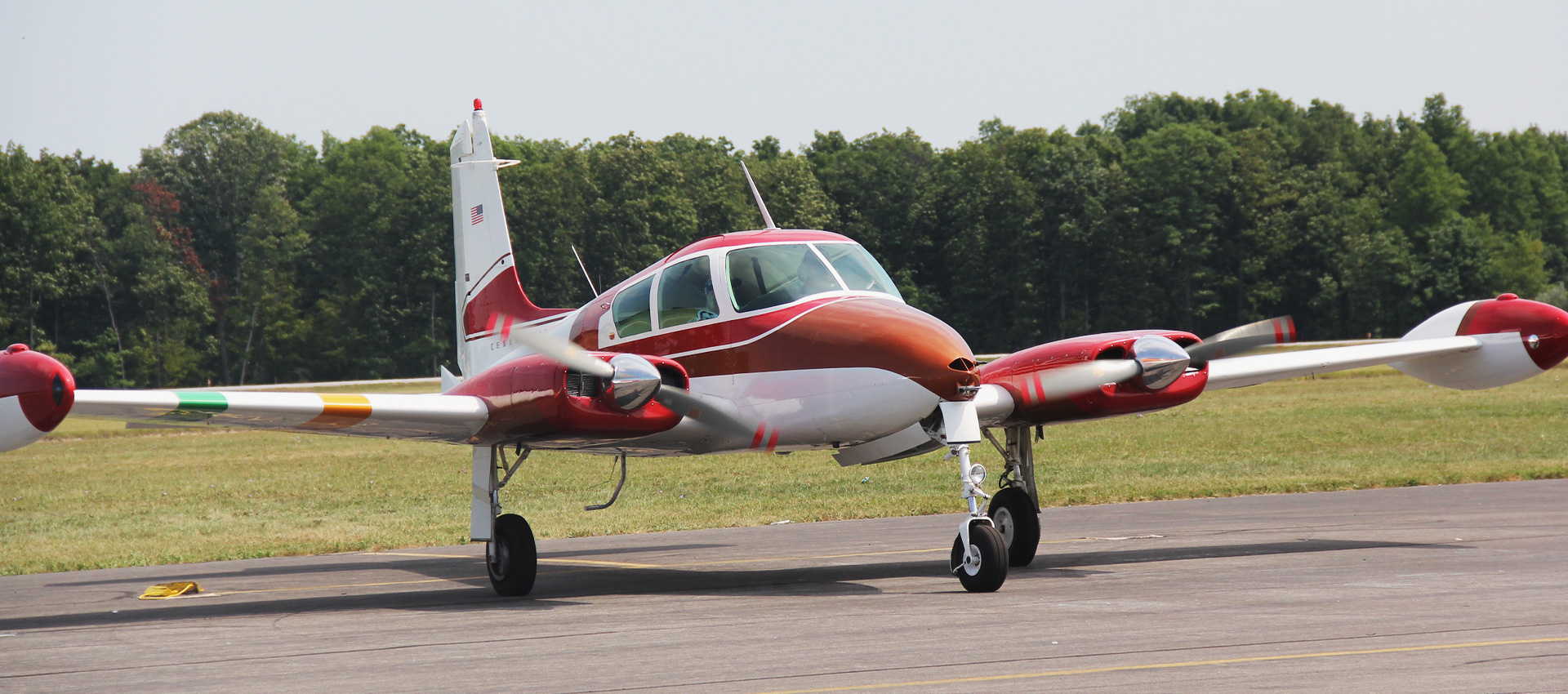Christian Pancake
TTCF Executive Director & Director of Aircraft Sales, TAS Aviation

When discussing the aircraft sales market in 2022, the word that comes to my mind is “hesitation”. While the beginning of the year was a continuation of the very hot market that we had been experiencing during COVID and through 2021, Q2 of 2022 and beyond saw a change in sentiment. With the drastically increasing inflation, and the uncertainty worldwide caused by the Ukrainian war and other events, the entire market saw a pause in activity and hesitation set in. Starting in the spring, I personally began to hear a lot of buyers start to say that they were going to wait and see how things progressed with the economy and wait to see if the market and its prices would change. Some were hoping for prices to fall in the used aircraft market, and some needed to simply turn their attention to more important things.
Many people thought that this was the moment where prices were going to drop, and the market was going to correct itself from its unnatural upward trajectory over the past 3 to 5 years. This ended up being somewhat true, as we did see prices begin to correct just a little bit and give buyers a bit more leverage throughout the sales process, something they did not have previously. Over the course of Q2 and into early Q3, I specifically saw a very quiet period in the market where this waiting game was really playing out. But the interesting thing was that inventory did not increase at the rate that was expected, or much at all during this time. In my opinion, this led to demand only being delayed, not reduced, therefore not having quite the impact on lowering prices as everyone assumed. So, after a while, the dramatic uncertainty seemed to dull, and buyer activity picked back up. But, because of low inventory, prices stayed at a higher level, in comparison to prices historically.
While the activity picked up, transactions were still noticeably down in comparison to the same timeframe, last year. This created an odd situation where there was increased activity from earlier in 2022 but still lower transactions than the year prior. This was a result of the market pause and hesitation mentioned previously. But, if you paid attention the used aircraft market over the past year, particularly around the business aviation segment, you saw that the demand for general aircraft utilization stayed strong. With many folks increasing their reliance on general aviation throughout COVID, and having bought aircraft at historically low interest rates, many owners opted to stay in their current aircraft, instead of moving up. This helped contribute to the price stabilization and low inventory in many markets.
One unique advantage for the Twin Cessna fleet has always been the performance and capability of the aircraft compared to the acquisition cost. The lower acquisition cost has many advantages, for obvious reasons but, one reason sometimes overlooked is that there are more all-cash purchase and less financing than our turboprop and jet counterparts. With the current interest rate hikes, we saw many more buyers opting to do all cash purchases, instead of trying to finance the aircraft. These buyers took advantage of the mild price correction and provided a more attractive offer to sellers.
So, what does all this mean going forward? Well first, I believe the demand for any type general, or business aviation aircraft is going to continue to stay relatively steady. As mentioned, in the coming 6 to 12 months, that demand may not stay at the same level that we’ve seen in the past few years, but I don’t predict a total drop out of the market. More people have come to rely on General Aviation during the “renaissance” we’ve had over the past few years and see the benefit it has for their families and businesses. This means that aircraft owners will still have the opportunity to sell their aircraft for a decent price, particularly if they didn’t purchase it in the last few years, during the height of the market.
When it comes to the Twin Cessna market specifically, I think those that have an exceptional airplane with great maintenance pedigree, updated avionics, and above average paint and interior will be able to sell their airplanes for a great price and very quickly. My personal experience in the last 3 months or so is that many buyers are still out there and while they have been somewhat hesitant about the market, they are increasingly less patient and are focusing in specifically that is already upgraded. With the ongoing supply chain problems, worker shortage, and multitude of other difficulties we are seeing, buyers are still frightened about the time and effort it will take to “build” the airplane they want. This creates a bit of a gap where airplane with high time engines, below average paint, and interior, and/or lower end avionics are becoming very difficult to sell, but airplanes with everything completed are still in high demand for a high price.
While it may be easier to buy and easier to sell these higher end aircraft, looking back on the phenomena of ‘building’ your own airplane over the past few years during this hot market is an interesting case study into potential values in the future. I’m sure everyone remembers perusing Controller between 2019 and 2022 and seeing these amazing and beautiful 421’s for sale that cost anywhere between $700,000 and $800,000 or more. Many people jumped on these airplanes because they were “completely done” and included low or zero-time engines, brand new paint and interior, a $250,000 panel, etc. It was great deal for some buyers because their need was immediate, interest rates were very low, and the cost savings of having that airplane right away outweighed the high price tag.
But, this is where we may see some of the biggest loss in value throughout the pricing corrections and stabilization that we see beginning. That is because in my opinion, ultimately, Twin Cessna’s of any model have an intrinsic price ceiling. When you begin to approach the $700,000 to $800,000 mark, your cost analysis begins to look different because the value of a Twin Cessna is all about the performance…but for the price. This is not to say that people we’re paying more than that airplane was worth, at that time, because as we know the value of anything is what someone is willing to pay for it, and many people were willing to pay those prices. But, for those willing to invest the time and have the patience to find a good clean airframe for a good price and then do the work required to update it, they’re overall investment was sizably lower.
What this means, is that as prices begin to correct, those that “built” will see less of a loss than those that “bought”. Remember, this doesn’t apply to every airplane and every situation, but it is a trend I’m seeing having gone through both situations numerous times. Ultimately, we all know that airplanes, especially legacy aircraft like a Twin Cessna’s are not appreciating assets and we don’t expect to make money on them. But those who employed patience and paid in time, will see that they ended up with exactly what they wanted and didn’t overpay for expediency or convenience.
On top of the condition of the airplane, I’ve also been noting what models been most in highest demand and which are losing demand, over the past few months. In the past few years, we have seen extremely high demand for the 310’s, particularly the R models. So much so, that it was almost impossible find a good one for sale. The biggest change I’ve seen in the market is the uptick in decent 310’s for sale. For a while, if you were in the market for a 310R, you basically had to find one off market, but in the past 3 or so months, inventory has risen slightly and given buyers a few more options. While prices are still high for a nice R model, there are at least more options to choose from and buyers are regaining a little bit more control of the sales process.
The highest demand by far is in the pressurized models. While inventory is back up, for the moment, not long before writing this article the 421C models had a very low inventory. Not surprisingly, this was also the model I was getting the most calls about too. I believe the 421C is the pinnacle of the “performance for cost” benefit that our fleet provides, and I think we have seen more interest in this part of the fleet because many turboprop buyers are seeing that same value. Because of the higher rates and growing uncertainly I think the 400 series aircraft are seeing more interest as buyers that would otherwise consider more expensive models, find this to be a more affordable option to meet their needs. This goes the same for the 414A, which has always been a in demand model since it gives similar performance to the 421C but without the geared motors.
Lastly, the 340’s have seen the biggest demand through 2022 and particularly in the late part of the year. Currently, inventory is much lower than normal, and I believe the 340 is the most requested airframe type from buyer’s that I talk too. My belief is that this is because we’ve seen the biggest price swings in this airframe type. During the height of the market in 2020, many top of the line 340’s were selling for $500,000 or more, often. Now, we are seeing a correction back to the more normal end of the market where a nice 340 will sell between $350,000 and $450,000 depending on how it’s equipped. With it being a perfect steppingstone into the pressurized world, many buyers are interested but were unwilling to pay the high prices seen in years prior.
The Twin Cessna market continues to fair well when compared to the used aircraft market as a whole. As mentioned, I believe this is due to its value in performance versus its acquisition cost, particularly if you purchase the RIGHT airplane from the start. This is seen by the way the Twin Cessna market faired during the hesitation period of 2022, in comparison to other market segments. I still suspect a coming correction in the market and for prices to continue to fluctuate, in favor of buyers. But for the owners concerned about the continued valuation of their Twin Cessna, you should still be optimistic, particularly if you have an upgraded and well maintained aircraft.

